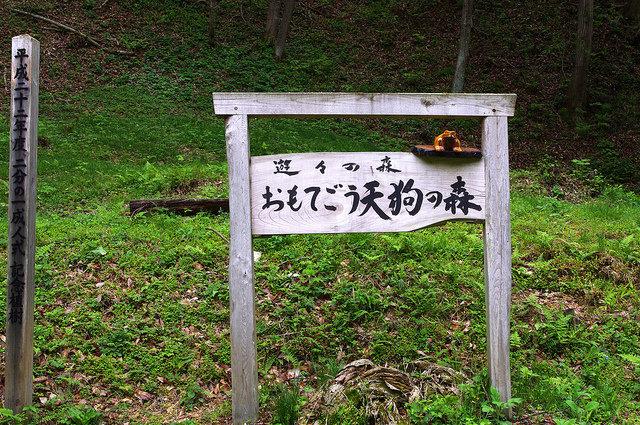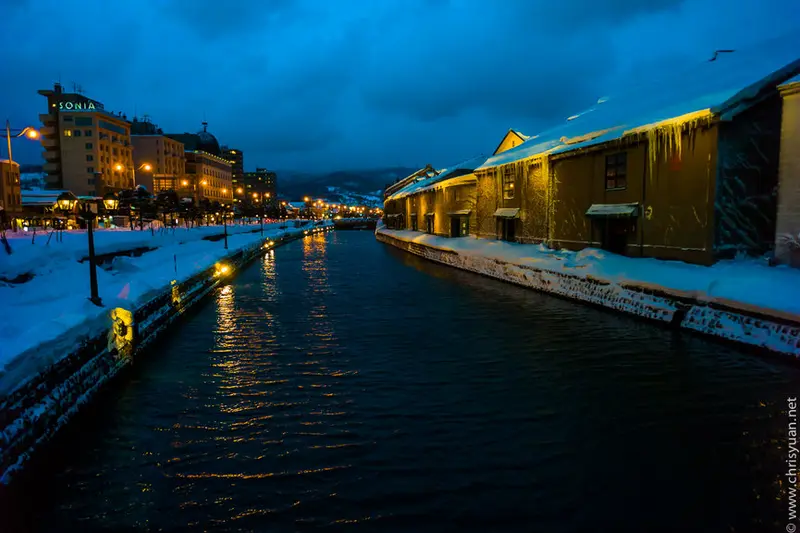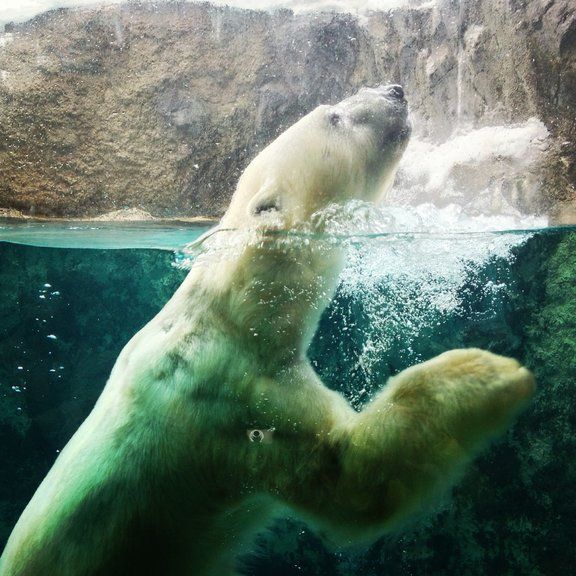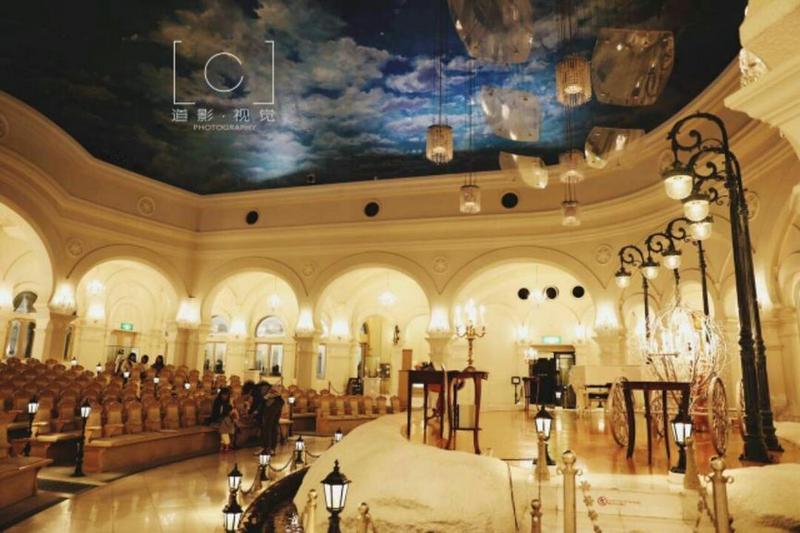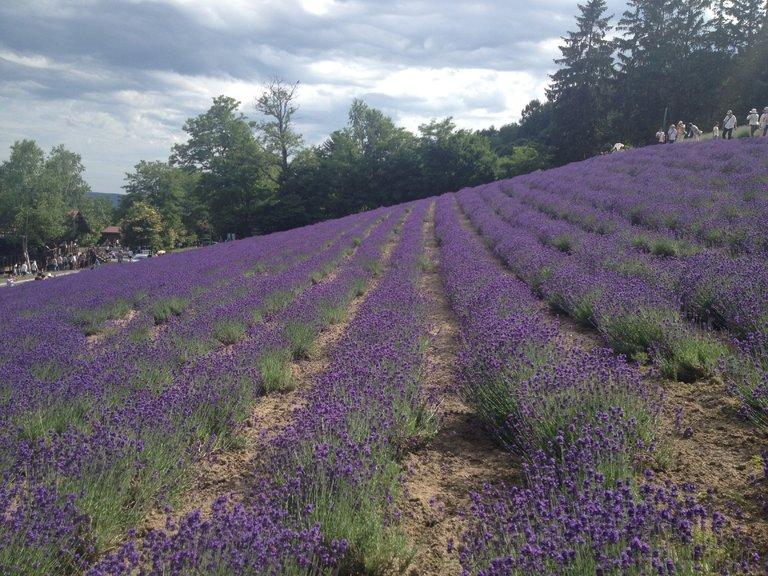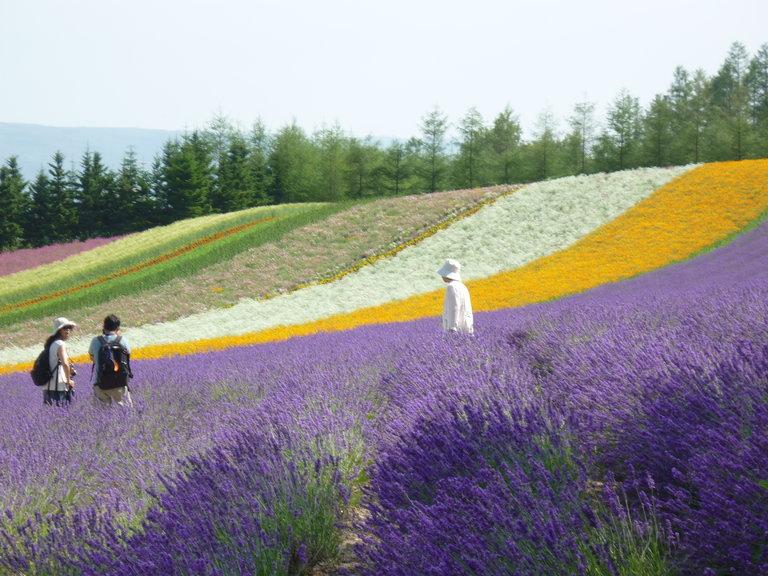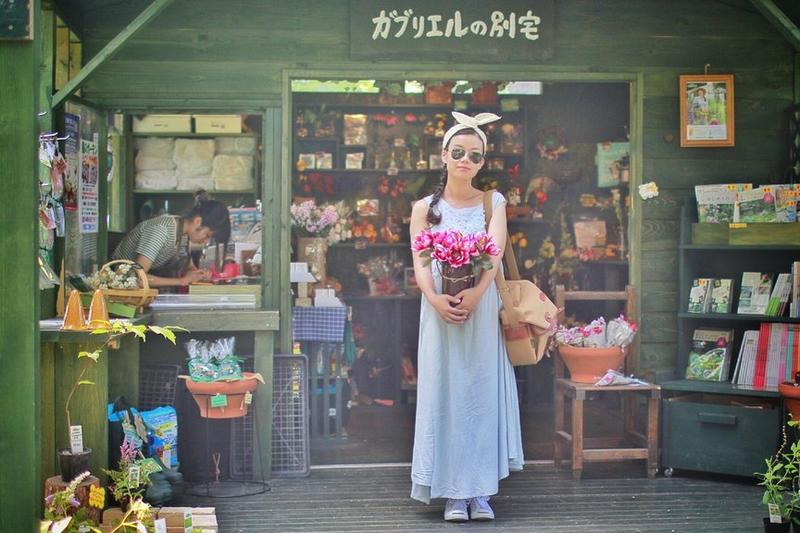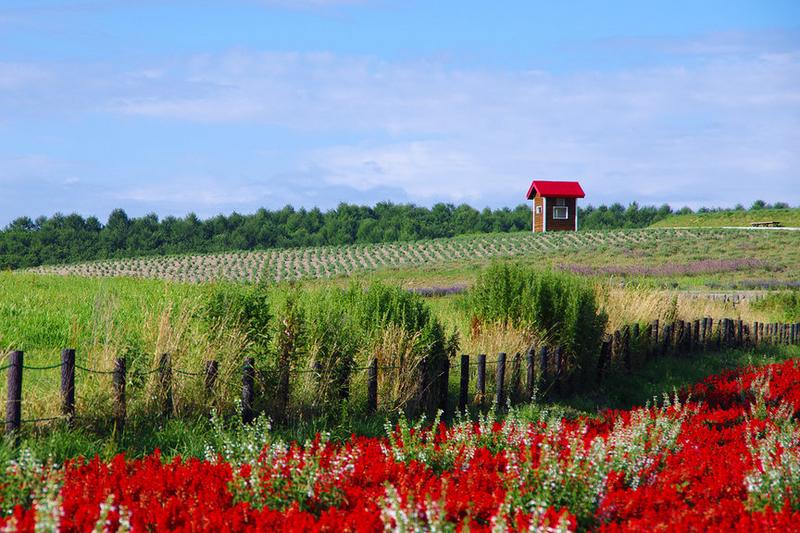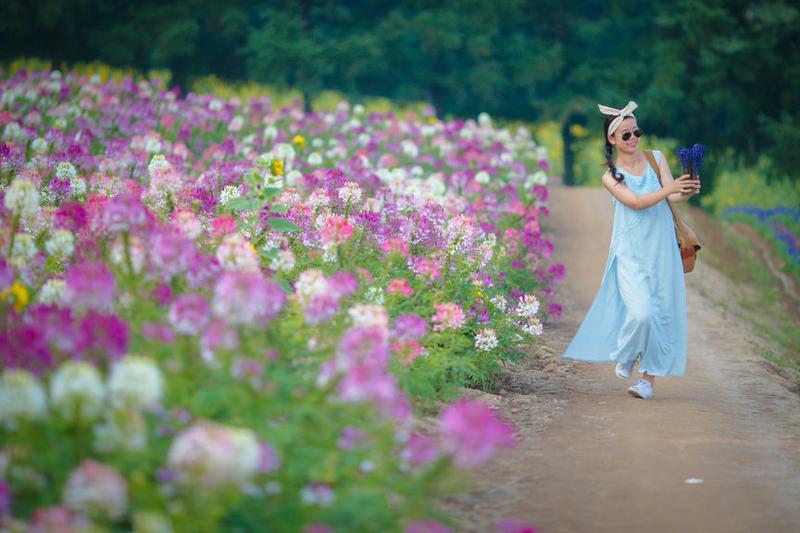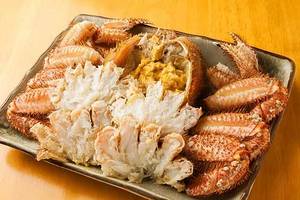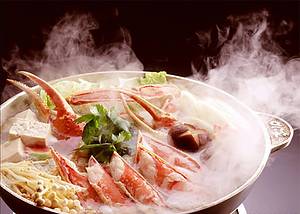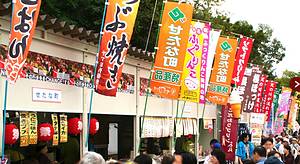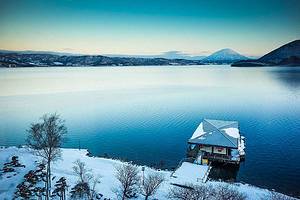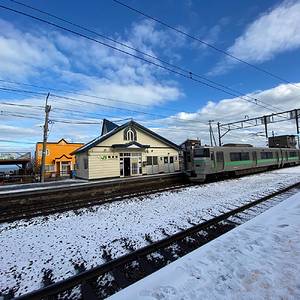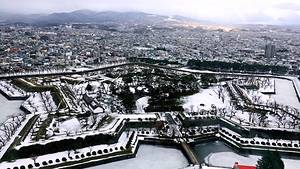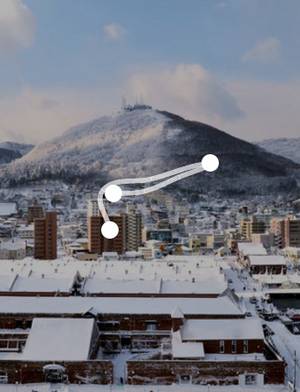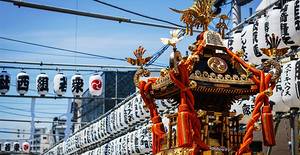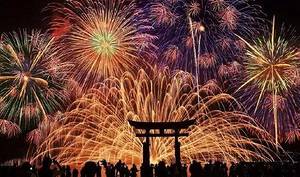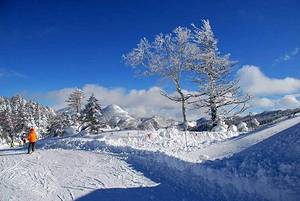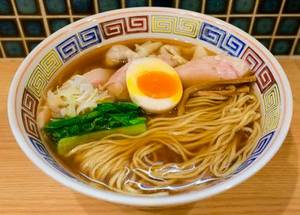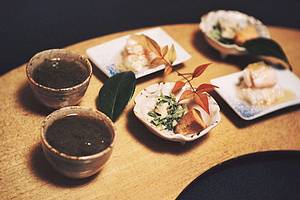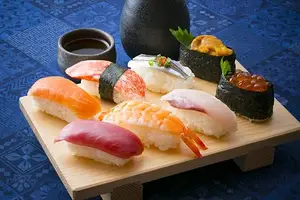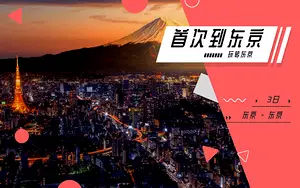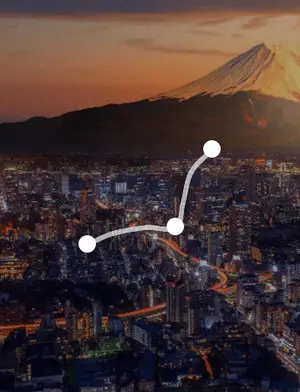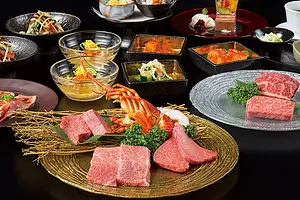6-day dreamlike flower-watching trip in Hokkaido, Japan
4 cities |
20 attraction(s) |
total distance 123
km
 TIPS
TIPS
Day1
Day2
Day3
Day4
Day5
Day6
Day1: Sapporo
3 attraction(s) ·
13 km
1
Hokkaido University has a large campus that combines history and nature. The campus has preserved buildings from the Meiji period, as well as green spaces, streams, forests, and farms. Symbols of Hokkaido University include a half-body statue of Dr. Clark, the historic Koganei Lecture Hall, a comprehensive museum with extinct animal skeletons from millions of years ago, a ginkgo tree avenue with over 70 tall ginkgo trees, and the remains of the second farm used during the Sapporo Agricultural School era. These attractions showcase the rich characteristics of Hokkaido to visitors.
7
km
2
Shiroi Koibito is the most famous dessert in Hokkaido. It consists of two crispy biscuits sandwiching a rich white chocolate. It can be found in gift shops all over Hokkaido.
In 1976, Echigo Seika Co., Ltd. developed Shiroi Koibito using local milk as the main ingredient. They sandwiched the white chocolate between the biscuits to create a mess-free chocolate. This is how Shiroi Koibito was born.
Inside the red brick building of the Sapporo Shiroi Koibito Chocolate Factory, you can see everything about it. The factory exterior resembles a fairytale-like English castle. As you stroll through different floors, you can witness the entire chocolate-making process on the production line, learn about the history of chocolate, and explore chocolate-related collections. You can also purchase authentic Shiroi Koibito chocolates here and enjoy the fun of making your own chocolate.
In addition to the production factory, Shiroi Koibito Park offers a rose garden, a café, and a toy collection exhibition room. It is truly a dreamy park themed around "delicious, fun, and nostalgic dessert story."
7
km
3
Animal lovers can take half a day to visit Yuanshan Zoo and Yuanshan Park. Although the zoo is not large, visitors can see over 170 different adorable animals such as polar bears, snow leopards, birds, and insects. Each animal has its own name, and if lucky, visitors can witness the feeding process during the keeper's explanation. In Yuanshan Park next to the zoo, visitors can enjoy cherry blossoms in spring, colorful autumn leaves in fall, and even hike on the 225-meter high Yuanshan mountain trail, immersing themselves in the forest.
Day2: Otaru
3 attraction(s) ·
6 km
1
Tengu Mountain is the highest point in Otaru. Taking the cable car to the top of Tengu Mountain, you can overlook the entire city of Otaru, especially at night. Under the city lights, Otaru presents elegant lines that twist and extend along the coastline, resembling a galaxy on the ground. It is incredibly beautiful. The night view of Tengu Mountain in Otaru, along with the night views of Mount Hakodate in Hakodate and Mount Moiwa in Sapporo, are known as the three great night views of Hokkaido. Additionally, the snowy field that calls for Fuiji Tree in the ending scene of the movie "Love Letter" was filmed on Tengu Mountain!
5
km
2
The Otaru Canal and its surrounding sea freight warehouse relics are one of the landmarks of Otaru City and even the whole of Hokkaido. It was opened in 1923 and is the earliest canal in Hokkaido. The former Otaru Canal, which was used for loading and unloading goods, witnessed the prosperity of the "Wall Street of the North" and once faced the crisis of being filled in. In 1986, with the start of the construction of roads along the Otaru Canal, a pedestrian street and gas lamps with European retro styling were laid along the canal. Combined with the warehouse buildings made of brick and stone with a history of over 80 years, the Otaru Canal has grown into a tourist attraction in Hokkaido. Until today, it is a symbol of romance and witness to love. The core scenic area of the Otaru Canal is located at Asakusa Bridge. If you want to take a "passport photo" of the Otaru Canal, Asakusa Bridge is a coordinate point for shooting!
1
km
3
The Otaru Canal is a western-style building located in the Otaru City area of Hokkaido. It is a designated important historical building by the Japanese government. The architectural style is typically elegant and retro European. Inside the building, the wooden structure design and the glass chandeliers on the roof reflect a beautiful palace atmosphere. The first floor is a shop selling various delicate glass art pieces, suitable for gifting or personal collection. Next to the shop, there is a vintage café with a European atmosphere where you can rest if you're tired.
Day3: Asahikawa
3 attraction(s) ·
32 km
1
The northernmost zoo in Japan, also the largest polar zoo in Japan, is famous for its unique animal behavior display. Through the unique design of the exhibition hall, animals can exhibit their instinctive behaviors in a relatively free feeding state, allowing visitors to observe the natural state of the animals without any obstacles, especially appreciating the swimming styles of polar bears, seals, and hippos through glass tanks, as well as outdoor snowy walks of penguins in winter. Recommended attractions include Penguin House (penguin walks only available in winter), Seal House, Polar Bear House, Hippo House, Animal Shelter for Hokkaido species, Monkey Hill, Wolf Forest, and Predator House.
7
km
3
The Traditional Arts and Crafts Village of Hokkaido is located on a highland west of Asahikawa City. It consists of three European-style buildings: the Yukari Art Museum, the Yuki Art Museum, and the International Dyeing and Weaving Art Museum. The village offers breathtaking views of the panoramic Asahikawa cityscape and the snow-capped Daisetsuzan Mountain Range on the horizon. The most popular facility in the village is the Yuki Art Museum, which showcases stunning ice corridors and snow crystal photos, combining art with science to create a mesmerizing winter wonderland experience. It is also a popular venue for weddings.
There is a small story about the Yuki Art Museum. It is said that a pregnant tourist from Taiwan unexpectedly gave birth to her child in the museum due to unbearable stomach pain. Feeling a strong connection with the snow in Hokkaido, she named her child "Setsuko" (meaning "child of snow" in Japanese). The Yukari Art Museum exhibits the knitting products of renowned Japanese dyers Kinue and Kazuhiro Kiuchi, while the International Dyeing and Weaving Art Museum showcases the origin and development of Japanese dyeing and weaving techniques.
Day4: Furano
4 attraction(s) ·
40 km
1
The core attraction of Furano Lavender Fields is its horticultural landscape featuring colorful fields of lavender and other varieties of flowers. The entrance of the farm sells local specialties such as melons, honey pudding, lavender pudding, melon-flavored ice cream, and lavender-flavored ice cream. There are also long tables and chairs available for resting and dining. In addition, the farm has a gift shop that sells Furano specialties made from lavender, such as dried flowers, essential oils, perfumes, cosmetics, and lavender pillows. The lavender blooms from July to early August, and other varieties of ornamental plants are grown during the off-season. Additionally, Lavender East, operated by Tomita Farm in Kami-Furano Town, is also worth a visit.
10
km
3
Highland Furano is the largest lavender field in Furano City, and it is also an open-air hot spring hotel where you can either just bathe for the day or stay overnight. In July every year, during the blooming season of lavender, you can enjoy the pleasure of soaking in the hot springs while admiring the lavender.
8
km
4
Located in the courtyard of the New Furano Prince Hotel, it is an English-style garden and the filming location of the "Garden of Wind" in the Furano Trilogy. The Garden of Wind has over 20,000 plants of 365 varieties of northern flowers, creating a healing landscape with a typical Hokkaido-style countryside.
Day5: Furano
3 attraction(s) ·
12 km
1
Located in the outskirts of Kamifurano Town, it is Japan's first public garden with a large lavender field. During the peak season in July when the lavender is in full bloom, the park is open to the public for wedding ceremonies.
9
km
2
In summer, it operates a lavender garden in Nakafurano-cho, and in winter, it becomes a ski resort. The municipal lavender garden plants various ornamental flowers besides lavender, including sunflowers and sage. You can take a cable car up the mountain and take a leisurely walk down, experiencing a unique charm.
3
km
3
Furano Lavender Field is located on the slope opposite JR Naka-Furano Station, around Futian Farm. It is less crowded than the Futian Farm and mainly planted with various varieties of lavender. From the slope, you can see the whole Furano City and the distant Taisetsuzan Mountain Range.
Day6: Sapporo
4 attraction(s) ·
22 km
1
Mount Moiwa, located in the southwest of Sapporo City, is only about a 20-minute drive from the city center. It is the best viewpoint to admire the scenery and night view of Sapporo City and is known as one of the three major night views in Hokkaido. At an elevation of 531 meters, there is a large observation deck overlooking the city center of Sapporo. After renovation in December 2011, several Japanese and French cuisine restaurants were added, allowing visitors to enjoy exquisite food while enjoying the panoramic view of Sapporo. There is also a Bell of Happiness at the observation deck, which can be rung while admiring the night view, bringing joy and happiness.
13
km
2
The relationship between shrines, temples, and the lives of Japanese people is very close. Every year on January 1st, there is a tradition of "Hatsumode" (the first shrine visit of the new year) in Japan, praying for a safe and smooth year. In addition, people also visit shrines to pray for safe travels, successful studies, and good relationships. At Hokkaido Shrine, four deities are enshrined: Ookuninushi no Kami, Oonamuchi no Kami, Sukunahikona no Kami, and Emperor Meiji. For visitors, going to the shrine is more about experiencing the atmosphere, and if interested, they can buy amulets (omamori) to give to their loved ones.
7
km
3
Sapporo Beer originates from Sapporo City in Japan, and has been in production since 1903. As a part of the Japanese beer industry, it has witnessed the development of Japanese beer. The Sapporo Beer Museum, located in Sapporo, showcases the history of Japanese beer, brewing equipment, and the brewing process. After the tour, visitors can also taste the freshest beer for free. Next to the museum is the Sapporo Beer Garden, which was formerly a historic red brick factory and has now been carefully converted into a beer culture area.
4
km
4
Odori Park is an oasis located in the central area of Sapporo, gradually developed from the initial Sapporo city planning benchmark into a central park spanning 1.5 kilometers across 13 streets. It is also the main venue for large-scale events such as the Snow Festival and Beer Festival every year. Friends who want to take a break and relax can choose to spend an hour here on a sunny day, breathing in the unique atmosphere of the city.
In the central area of the park, there are 60-120-year-old giant beech trees reaching towards the sky, forming natural sunshades, with benches arranged underneath for visitors to rest. Sometimes you might even encounter street performers. Various sculptures are also standing in the park. The grassy areas, fountains, and stages present the unique lifestyle of this city.
During Christmas, a German Christmas market will be set up here, synchronizing with Munich, Germany, allowing us in Asia to experience the culture and customs of European Christmas and taste specialty foods.



